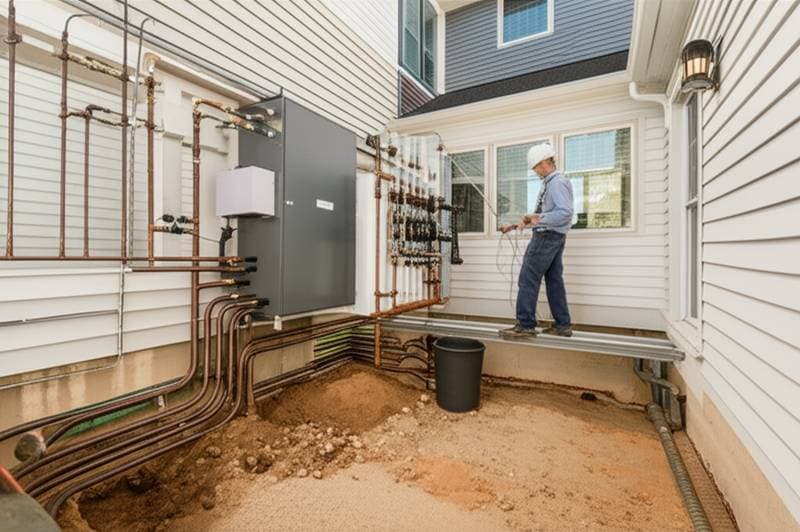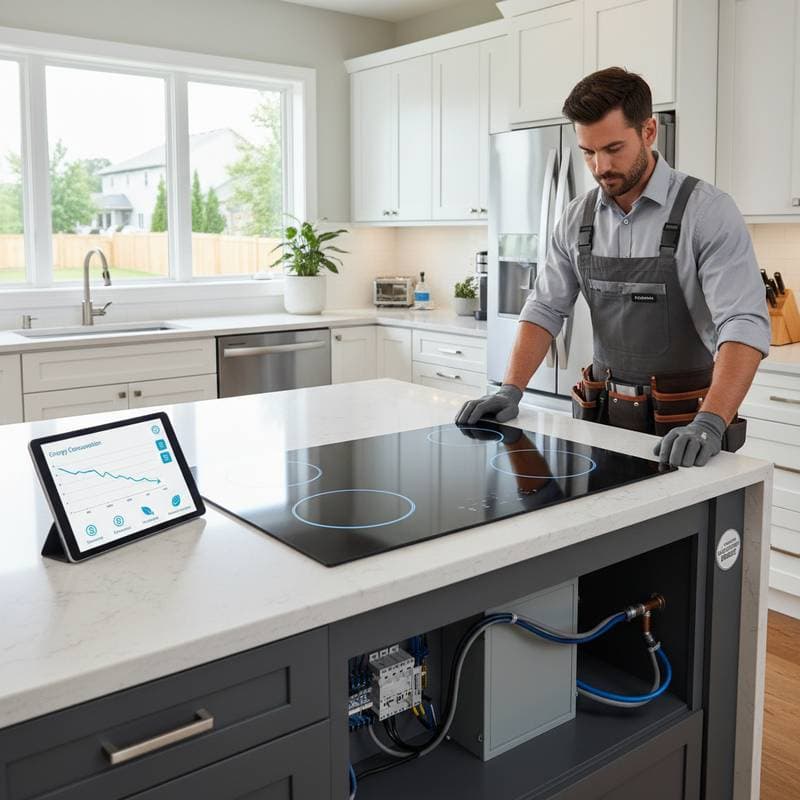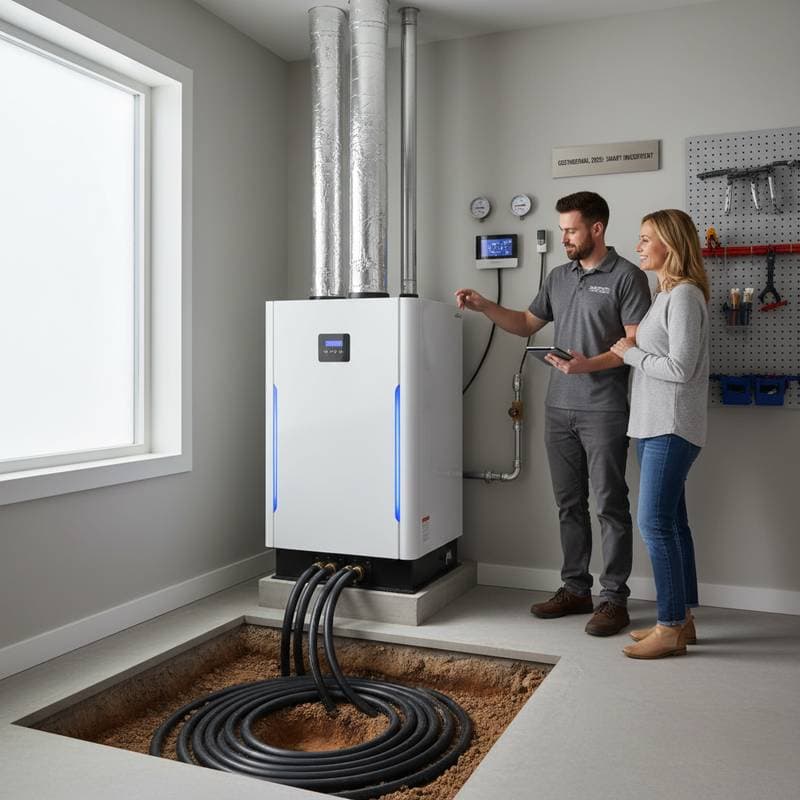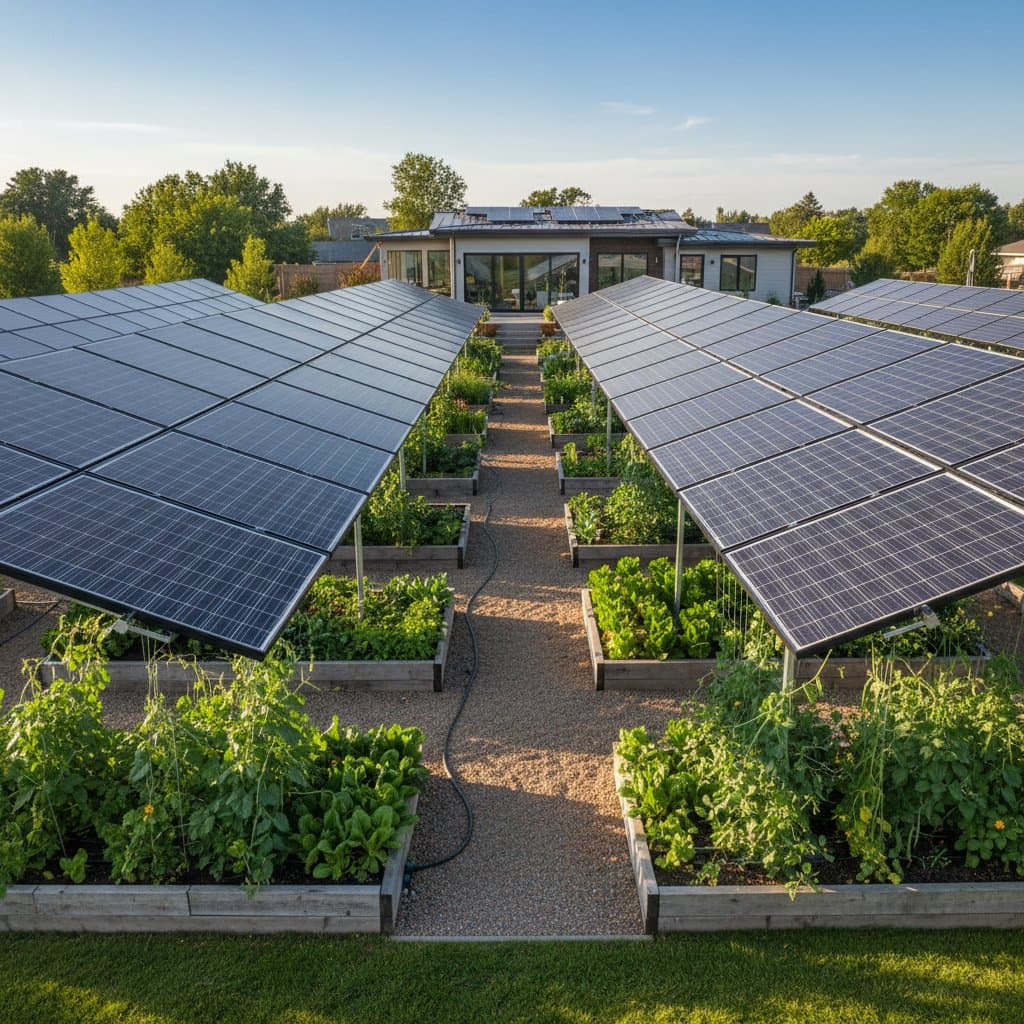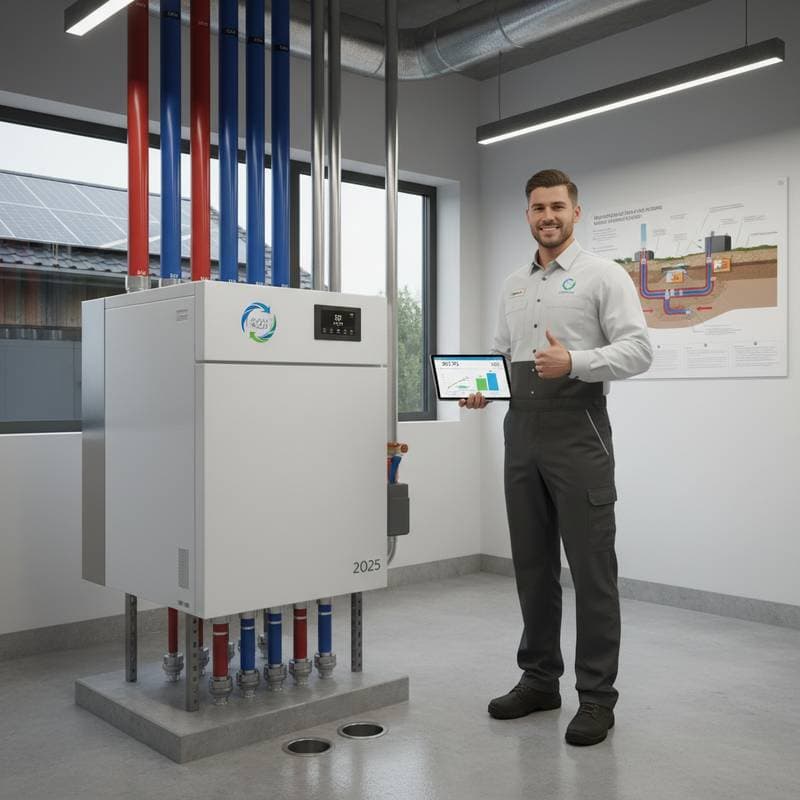Introduction to Geothermal HVAC Savings
Geothermal heating, ventilation, and air conditioning systems draw stable temperatures from the earth to heat and cool homes efficiently. These ground-source heat pumps offer substantial long-term benefits, including significant tax incentives. Homeowners can claim up to $3,200 in federal tax credits for qualifying installations in 2025, making this technology more affordable than ever.
The initial investment covers equipment, drilling, and labor, but incentives and energy savings quickly offset costs. Systems operate with minimal electricity, relying on the earth's consistent thermal energy. Professional assessment ensures optimal performance tailored to specific property needs.
Key Design Considerations
Effective geothermal system design accounts for soil conductivity, moisture content, and heating or cooling load demands. A certified contractor performs precise calculations to determine equipment size and loop configuration. This approach prevents inefficiencies and maximizes energy transfer.
Loop types vary by site conditions. Horizontal loops suit properties with ample yard space, while vertical loops fit urban lots with limited area. Open-loop systems work well near water sources, using groundwater for heat exchange before returning it to the source.
Financial and Environmental Benefits
Geothermal installations provide dual advantages in cost reduction and ecological impact. These systems lower household carbon emissions by up to 45 percent relative to traditional fuel-based options. The stable operation reduces reliance on fossil fuels and supports broader sustainability goals.
Annual Energy Bill Savings
Homeowners replacing electric resistance heaters or outdated gas furnaces typically see yearly reductions of $900 to $1,800 in energy expenses. Over a 20-year lifespan, cumulative savings often surpass $25,000, excluding potential rises in utility rates. Consistent performance ensures these benefits persist without seasonal fluctuations.
Impact on Property Value
Energy-efficient features appeal to discerning buyers in competitive markets. Appraisers value geothermal systems, often boosting resale prices by 4 to 7 percent. This uplift proves especially valuable in areas prioritizing green certifications and low-operating-cost homes.
Longevity and Maintenance Costs
Heat pump components endure 20 to 25 years, while underground loops last 50 years or longer. The design features fewer mechanical parts and shields the condenser from weather exposure. As a result, maintenance expenses run 25 to 40 percent below those of conventional HVAC setups.
Maximizing Tax Credits and Incentives
Federal incentives cover qualifying geothermal equipment and associated installation costs, such as drilling and loop installation. Homeowners must select systems certified for efficiency and retain all relevant records. Credits apply directly to taxes owed, with potential carryover for excess amounts.
Steps to Claim Incentives
- Verify system compliance with federal efficiency standards and any local codes.
- Collect detailed invoices, equipment certifications, and payment receipts.
- Work with a tax advisor to file accurately and uncover stacking opportunities with state or utility rebates.
- Consider installer financing plans that offer low rates until the credit refund processes.
Calculating Return on Investment
Geothermal projects often achieve internal rates of return from 8 to 12 percent. This figure compares favorably to bonds or savings accounts. Escalating energy prices further enhance the financial outlook over time.
Tailoring Systems to Property Types
Most properties accommodate geothermal setups through customized engineering. Site evaluations identify the best loop configuration and integration method.
- Rural or suburban lots benefit from horizontal loops buried in trenches.
- Compact urban spaces use vertical boreholes to minimize surface impact.
- Properties near ponds or lakes employ water-source loops for superior heat exchange.
Evaluating Soil and Site Factors
Moist, clay-rich soils conduct heat more effectively than dry, sandy types. Contractors conduct thermal conductivity tests to specify loop length and depth. Accurate sizing avoids performance issues and unnecessary expenses.
Compatibility with Current Infrastructure
During renovations, geothermal units connect to existing ducts or pair with radiant flooring. Zoning features enable targeted climate control in different zones. This setup optimizes comfort and minimizes energy loss across the home.
Enhancements to Health and Comfort
Geothermal systems improve indoor environments by eliminating combustion byproducts like carbon monoxide and nitrogen oxides. Steady humidity control prevents extremes that affect air quality or material integrity.
Operation remains whisper-quiet without external compressors, preserving outdoor tranquility. This feature suits homes with adjacent living areas or gardens.
Key Indoor Quality Improvements
- Temperature consistency stays within two degrees throughout occupied spaces.
- Lower particulate levels result from reduced reliance on outdoor air intake.
- Optimal humidity levels protect furnishings, floors, and building elements.
Such enhancements promote better health, focus, and rest for residents.
Preparing for Future Energy Needs
Building codes increasingly mandate efficient systems, and geothermal aligns with these shifts. The technology adapts to emerging trends like full electrification and battery storage.
Synergy with Solar Power
Combining geothermal with solar panels yields near-zero energy use. The heat pump's efficiency shrinks the solar system size required, cutting upfront costs. Utility programs often incentivize these hybrid setups.
Planning for Long-Term Stability
For those planning to remain in their home, geothermal delivers reliable expenses immune to fuel price swings. This financial certainty aids budgeting and supports aging-in-place decisions.
Frequently Asked Questions
How long does the installation process last? Projects span two to four weeks, influenced by drilling extent and overall scope. Timing often aligns with other home improvements for efficiency.
Do these systems function in cold regions? Ground temperatures provide reliable heat sources, enabling strong performance in harsh winters without frequent backups.
What ongoing maintenance involves? Annual professional visits cover filter changes, loop checks, and unit tuning. Homeowners handle basic tasks like cleaning.
Is self-installation feasible? Specialized skills in drilling and refrigerant management necessitate expert involvement for safety and compliance.
Does it pair with radiant heating? Integration with hydronic floors delivers uniform warmth and high efficiency.
Steps to Install Your Geothermal System
Begin with a site visit from a certified professional to assess loads, soil, and options. Obtain quotes emphasizing efficiency ratings, warranties, and support services.
Consult a tax expert early to map incentives and rebates. Explore financing to manage initial outlays.
Geothermal HVAC combines economic gains with environmental stewardship. Through reduced bills, superior comfort, and resilient design, it fosters a harmonious living space attuned to natural resources.
